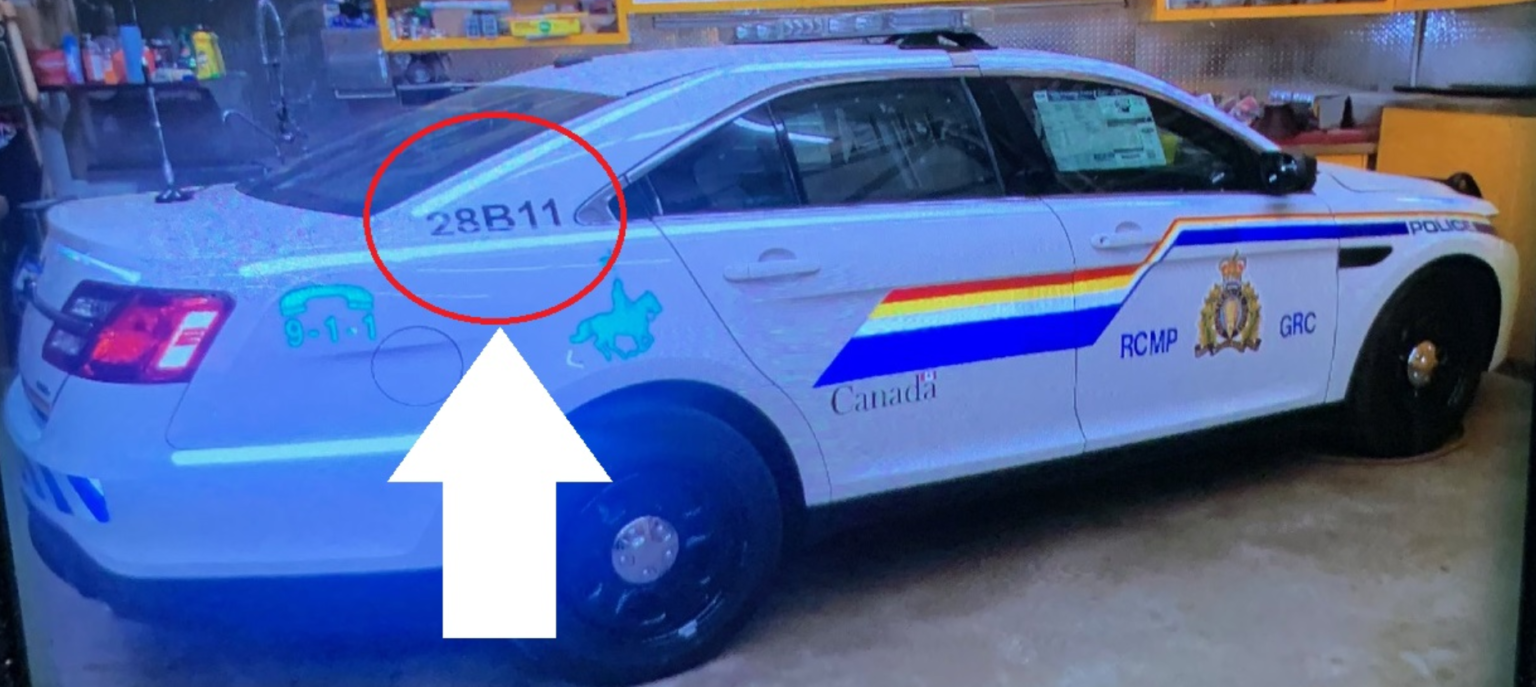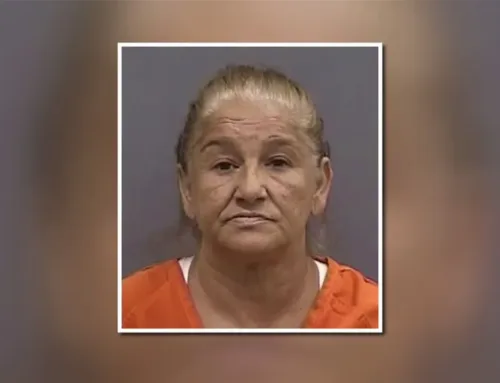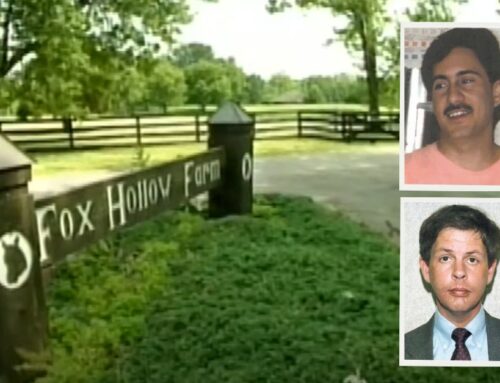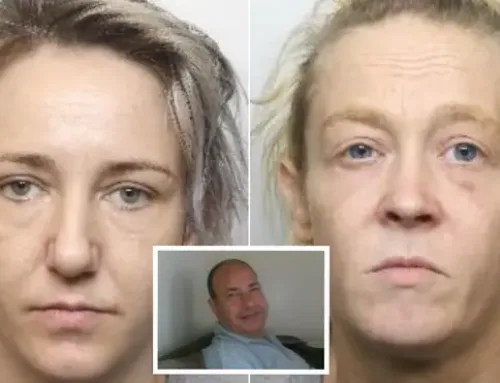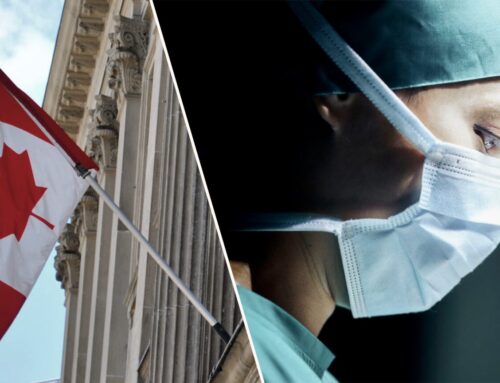By Jennifer Henderson
Published: March 8, 2022
-Halifax Examiner
Newly released documents from the public inquiry into the mass murders of April 18/19, 2020 include an interview with Colchester County RCMP District Commander Al Carroll on November 10, 2021 more than 18 months after the tragedy.
A read of the 56-page transcript of the interview reinforces the notion that while the first RCMP officers to reach the scene at Portapique performed their duties bravely and professionally, their leaders missed or failed to act on key pieces of information that might have helped alert the public or get ahead of the killer.
“Worst night of my life”
After a 40-year career as an RCMP officer, Colchester County RCMP District Commander Allan (Al) Carroll was just one month away from retirement when the Portapique mass murder occurred.
Carroll was an old school Mountie who talked about community policing in terms of showing up at Remembrance Day ceremonies, coaching minor hockey, and serving on the boards of directors of local charities.
Carroll said April 18, 2020 “was the worst night of my life.”
Early the next morning, Carroll still had no idea how many victims were yet to be discovered in Portapique. But he was relieved none of the seven RCMP officers who were the first on the scene at Portapique had been killed or injured.
“Every commander, your biggest fear is losing a member,” said Carroll. “And I was scared. I’ve been involved in a lot of situations in the 40 years. In between leaving [the RCMP command post at] Great Village and [arriving at the detachment] debrief in Bible Hill, I went home, hugged my wife, and cried. And I’ve never had that response before.”
Carroll said his wife was also worried. “In 40 years, there’s only two nights she’s ever stayed up — that night, and Moncton.”
Six years previously, when a Moncton gunman ambushed and killed several New Brusnwick RCMP officers, the RCMP detachment in Amherst responded with help. At that time, Carroll was the district commander for Cumberland County.
In 2015, Carroll transferred to Bible Hill to become district commander of Colchester. On the night of April 18, 2020, Carroll’s son Jordan Carroll was a Mountie working at the Amherst detachment, and had been called in to help with the response to Portapique.
Only after the debriefing in Bible Hill did Carroll learn that Cst. Heidi Stevenson of the Enfield detachment had been killed.
Operations NCO “had a couple of glasses of wine”
Shortly after 10pm on April 18, Carroll received a call at home from Sgt. Andy O’Brien, the detachment’s Operations NCO, indicating a man had been shot in Portapique.
O’Brien, who was working from home because of COVID, told Carroll he didn’t want to go out because he had “had a couple of glasses of wine” and he didn’t want someone “to smell it off him.” O’Brien insisted he wasn’t intoxicated, and Carroll thanked O’Brien for letting him know.
Later in the interview, Carroll said he was “surprised” to hear O’Brien’s voice over the radio issuing instructions to the first three constables who had gone down the dark Portapique Beach Road and discovered bodies and burning buildings.
At about 11pm on April 18, Carroll told Cst. Bill Neil that the officer in charge of the Portapique crime scene was Staff-Sgt Brian Rehill, the Risk Manager for Colchester County.
Carroll said Rehill had a better grasp of computerized mapping than did he (Carroll). Two other senior officers — Staff-Sgt Addie MacCallum and Staff-Sgt Steve Halliday — were working out of the Bible Hill office using a wall map of Colchester County. Rehill was also the officer responsible for monitoring the police radio transmissions and information coming into the Operational Communications Centre.
MacCallum was at that time chasing computerized records for the killer’s police car purchases and asking Halifax police to keep eye on the killer’s business in case the denturist returned to Dartmouth.
Carroll talked with the Critical Incident Commander who was assembling the Emergency Response Team, as well as lining up the Great Village fire hall to be used as a command post. Carroll said acting North Nova Superintendent Steve Halliday from Pictou was the lead for the investigation.
In the interview with the Mass Casualty Commission (MCC) investigators, Carroll was asked “What was O’Brien’s specific task that night?”
“I don’t recall,” responded Carroll. “He was just helping out and keeping in touch — monitoring the guys (Cst.s Beselt, Patton, and Merchant) and liaising with Rehill. Whether he was tasked with that or took the role on himself…”
Asked about who was in charge of what happened or didn’t happen that night, Carroll said “there was no one person who was responsible. Was it myself, Addie (MacCallum), or Steve’s responsibility? We’re all working together on it.”
Multiple failures to communicate
It’s unclear how many of the hundreds of radio transmissions that went through the Operational Communications Centre on April 18 Carroll heard, or was told about.
Many of the transmissions involved police officers at the scene who talked to witnesses such as Andrew and Kate MacDonald or the Blair and McCully children. Carroll said he did not have a portable radio in his office at the Bible Hill detachment he could use to monitor what police were saying about the incident.
In 2020, the Operational Communications Centre (OCC) where 911 calls were being received was in Truro (the service has since relocated to Burnside in Dartmouth). Carroll recalled that he was immediately informed about the 911 call Jamie Blair made to notify police her husband Greg had been shot by a man in a police vehicle. The call had been been abruptly cut off. Carroll’s instruction to the dispatcher was to keep trying to reach Blair and to use the reverse 911 function to call residents in the area and warn them to stay inside.
Carroll was asked if he was aware of the Alert Ready system operated by Nova Scotia’s Emergency Measures Organization; he replied he “didn’t know it existed.”
He also seemed unaware that the four children had been rescued by two RCMP officers. In the transcript of his interview, he mentioned how the Critical incident Commander (Jeff West), who took over operations shortly after 1am, had used a Tactical Armoured Vehicle to take the children to safety. But Carroll was mistaken on that point; the TAV had been sent in to pick up Clinton Ellison, who was hiding in the woods after finding his brother Corrie’s body.
Carroll also said he was unaware of the identifying information provided by Andrew MacDonald, who survived being shot and injured by the killer at about 10:30pm Saturday. MacDonald gave a detailed description of the police car and also identified the gunman by name and as his neighbour down the Portapique Beach Road. MacDonald’s wife, Kate, mentioned a back road that might possibly be another exit route from the area. All that information was radioed over the Colchester County police channel before 11pm, yet the first Carroll said he learned of that encounter was during a de-brief with Cst.s Beselt, Patton, and Merchant as they came off duty after 3am Sunday.
Carroll said the night before his November 2021 interview with the MCC, he looked at the log of radio transmissions from April 18. “And there’s a lot where I said, I didn’t know that. And that surprised me.”
Police delayed releasing a photo of killer’s car
Carroll was asked by MCC Investigator Wayne Fowler, “When did you become aware that [the killer] was driving a fake police car?”
Carroll said it was while he was at the Great Village Command Post Sunday morning, after Lisa Banfield had been brought in. “Cst. Melanson told me ‘Banfield just told us he’s driving a fully marked police vehicle.’ That was the first confirmation I heard. I told him to tell Staff-Sergeant Halliday.”
Shortly after Banfield confirmed the killer was driving a marked police vehicle, her sister provided a photo of the car.
Carroll said he was asked by Sgt. Bruce Briers “about circulating a photo of [the killer’s] police vehicle to the public” but Carroll “had to check with others up the chain of command.”
Carroll was in his car and not at the Great Village command post when that request came in, and so he had some difficulty getting in touch with the appropriate officer for an answer. When the answer did come, Carroll was told “No, we’re not going to, not right now. Maybe later.”
According to Fowler, the interviewer, Carroll received that email at 9am.
According to a court affidavit from Superintendent Darren Campbell, the photo of the car “was provided to RCMP Critical Incident Command at about 722am.” The RCMP issued a tweet at 8:54am naming the killer and giving his description, but the tweet provided no information about a fake police car. It wasn’t until 10:17am that another tweet was issued containing a photo of the car and the warning that the killer “may be driving what appears to be an RCMP vehicle and may be wearing an RCMP uniform.”
In the nearly three hours between the RCMP being in possession of the photo of the fake car and the photo being tweeted out to the public, four* people were killed by the man driving that fake police car.
With hindsight, it’s possible that circulating the photo of that police car even an hour earlier might have kept Tom Bagley, Lillian Campbell and nurses Kristen Beaton and Heather O’Brien from venturing out and becoming random victims of the gunman.
Personnel and equipment
Lawyers for the MCC did not ask Carroll why he didn’t look to Truro Town Police for backup when the 911 calls started to flood in after 1030pm.
Carroll had already indicated there was “friction” at the management level between the Bible Hill detachment and Town Police. Carroll said while he occasionally dropped by to say hello to his managerial counterparts in Truro, neither the chief nor deputy chief had ever set foot in the Mounties’ new office building despite having been invited to attend the official opening.
Carroll was asked if night vision goggles could have helped officers searching in the pitch dark for an armed and dangerous shooter. Or if having GPS installed on their portable radios would have assisted.
More gear is always helpful, was Carroll’s diplomatic response. He noted that all Colchester County officers have been provided with body armour and carbines since the Moncton tragedy and the officers who went to multiple crime scenes in Portapique had been properly trained for rapid deployment.
More important than gear, he suggested, might be money to hire more people. Carroll said 27 front-line officers was the complement available to police all of Colchester County on April 18, 2020, estimated Carroll.
The Municipality of Colchester pays $5.3 million a year for 33 officers but Carroll said illness and leaves left the detachment “short” with only 27 front line officers available for duty. Carroll said that given a choice, he’d pass on the bells and whistles and hire two more police at an annual cost of approximately $300,000.
